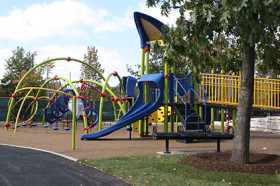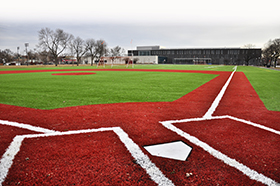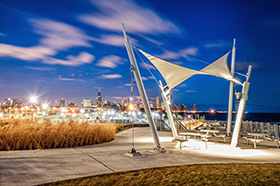
As many of today’s older school buildings begin to deteriorate, engineers are charged with finding ways to create new healthy and sustainable environments. With proper planning, schools can become the center of a community and function as multi-use facilities that minimize the effects on the environment and help mitigate the City’s flooding and overburdened sewer system. The purpose of sustainable planning is to create a framework that minimizes these effects, yet maximizes the efficient use of energy. With this in mind, the new Space to Grow: Greening Chicago Schoolyards pilot program was born.
Space to Grow is a partnership led by Chicago Public Schools (CPS), Metropolitan Water Reclamation District of Greater Chicago (MWRD), Department of Water Management (DWM), Openlands and Healthy Schools Campaign, that aims to transform Chicago schoolyards into spaces that provide students, their families and the broader community with the opportunity for active play, space for physical education classes, opportunities for outdoor learning, gardening and environmental literacy, and engagement with art. While this program meets its main objective of satisfying the needs of students, it also provides the added benefit of reconnecting communities with their local public schools; providing much-needed green space in urban environments and significantly reducing stormwater runoff across the city. Currently four CPS schools have been identified as part of this pilot program, with construction having just been completed this week.
With Primera’s designs now finalized, our engineers incorporated a number of sustainable elements that can now be implemented in other schools, such as rain gardens and permeable pavers. Designs also included innovative stormwater management solutions, such as utilizing void space in aggregate and StormTech systems below a learning garden with very pervious soil to provide detention for the site. In addition, designers retrofitted trench drains in a parking area and intercepted existing sewers to collect surface runoff from the parking area that currently flowed offsite undetained and overburdened the system. Retrofitting a newly created detention system into an existing detention system, while leaving the existing restrictor intact, brought about a much larger area of influence into stricter stormwater requirements. All of these elements provide the schools with a lasting value for future generations and supports community efforts to protect our environment.
Great communities require great planning. By successfully integrating sustainable features into local schools, the Space to Grow partners have created a green infrastructure that reduces operational costs, is environmentally-responsible and provides multiple benefits to the local community. These sustainable and ecologically viable practices can also easily be replicated. For further information about implementing a sustainable schoolyard in your area, contact Russ Pozen.






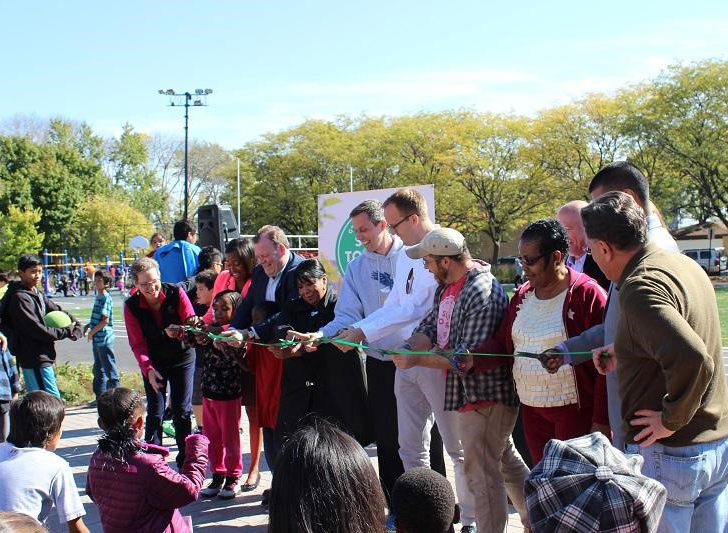
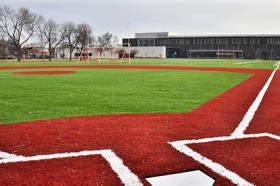
 Primera lands CE News Cover Story
Primera lands CE News Cover Story 
